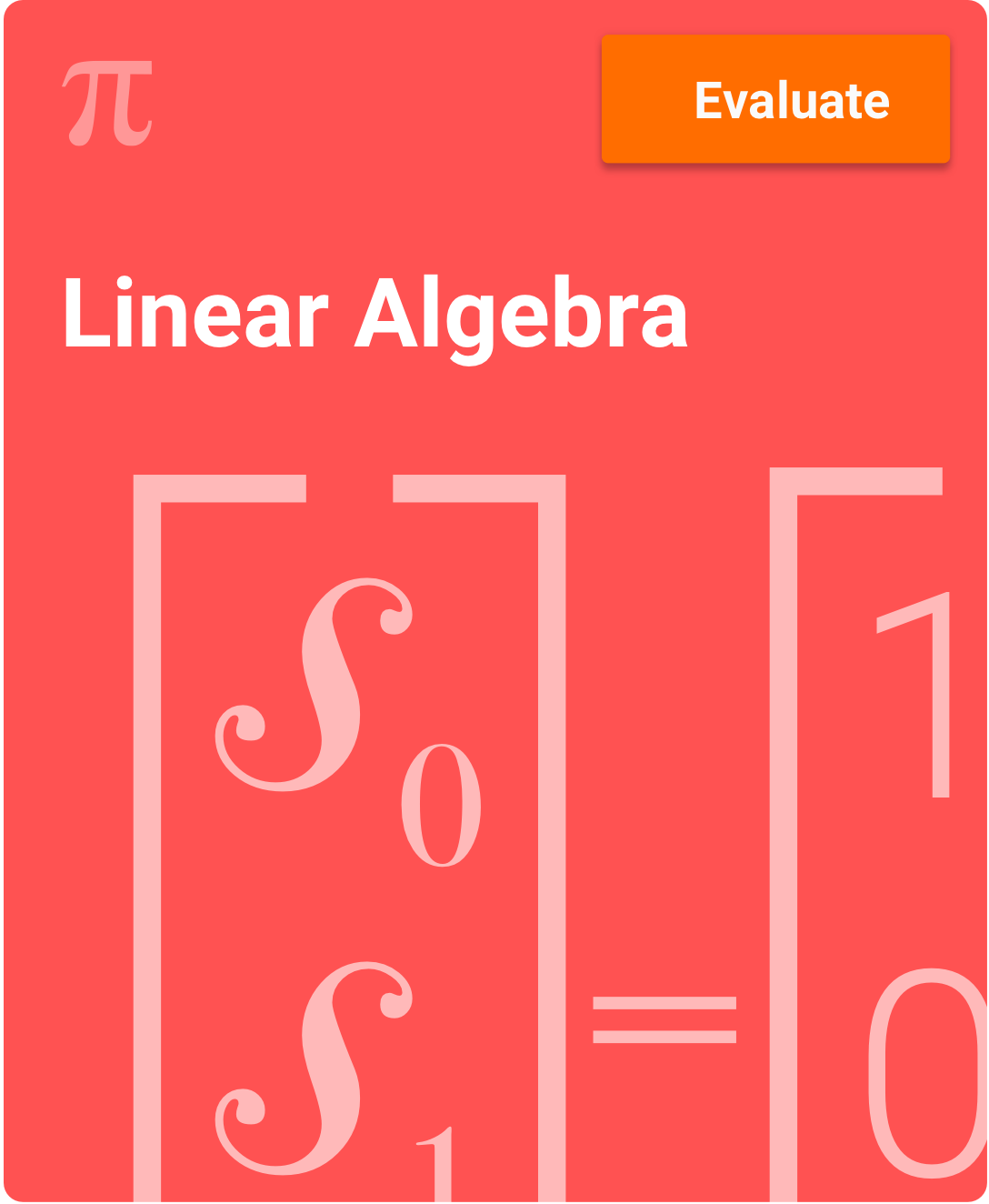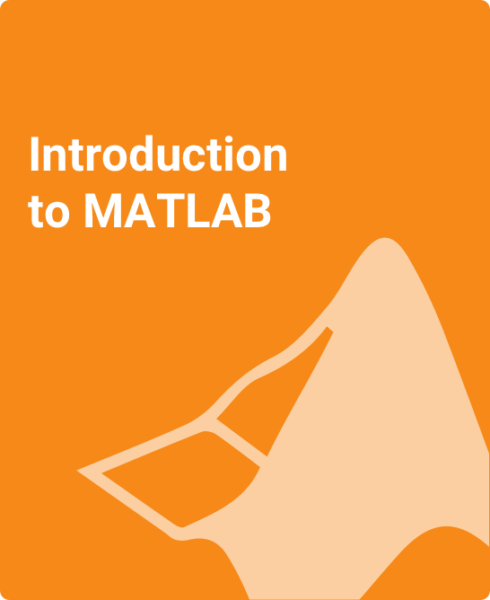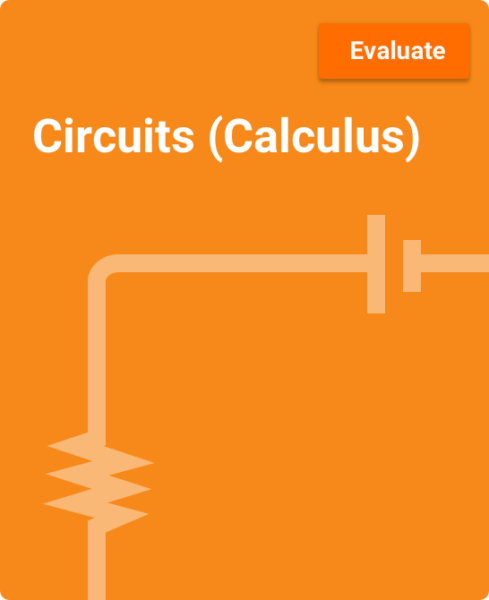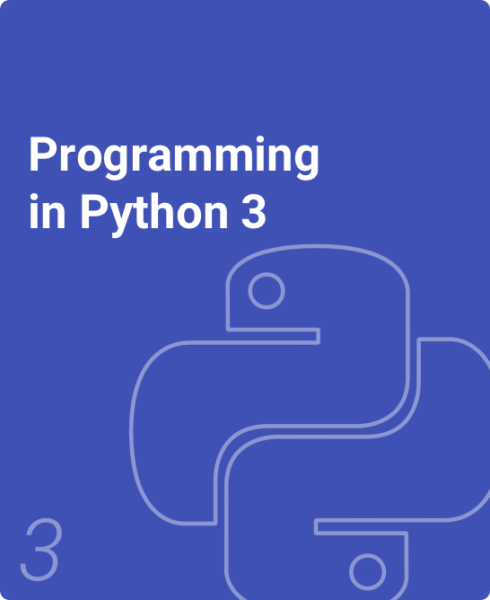Table of Contents
1. Systems of Linear Equations
1.1 Systems of linear equations
1.2 Matrices and linear systems
1.3 Elementary row operations
1.4 Echelon forms of a matrix
1.5 Solution set of a system of linear equations
1.6 Gaussian elimination
1.7 Gauss-Jordan elimination
1.8 Applications: Matrices in chemistry
1.9 Application: Electric circuits
2. Matrix Algebra
2.1 Matrix addition and scalar multiplication
2.2 Matrix multiplication
2.3 Matrix equations and linear systems
2.4 Inverse of a matrix
2.5 Solving a system using an inverse matrix
2.6 Elementary matrices
2.7 Block matrices
2.8 LU decomposition
2.9 Application: Leontief models
2.10 Application: Markov chains
3. Introduction to Vectors
3.1 Introduction to vectors
3.2 Vector operations
3.3 Dot product
3.4 Cross product
3.5 Application: 3D coordinate geometry
3.6 Application: Vectors in physics
4. Euclidean Vector Spaces
4.1 Vector spaces and subspaces
4.2 Spanning sets
4.3 Linear independence and dependence
4.4 Basis and dimension
5. Determinants
5.1 Introduction to determinants
5.2 Cofactor expansions
5.3 Application: Area and volume
5.4 Properties of determinants
5.5 Invertibility and determinants
5.6 Cramer’s rule
5.7 Permutations and determinants
6. General Vector Spaces
6.1 General vector spaces
6.2 Subspaces
6.3 Coordinatization
6.4 Four fundamental subspaces
6.5 Rank and nullity
7. Linear Transformations
7.1 Linear transformations between Euclidean spaces
7.2 General linear transformations
7.3 Isomorphisms
7.4 Rank and nullity of a linear transformation
7.5 Composition of linear transformations
7.6 Fundamental Theorem of Matrix Representations
7.7 Application: Transformations in 2D coordinate geometry
8. Eigenvalues and Eigenvectors
8.1 Eigenvalues and eigenvectors
8.2 Eigenspaces
8.3 Similarity and diagonalization
8.4 Complex eigenvalues and eigenvectors
8.5 Application: Inertia tensors
8.6 Application: Systems of first order differential equations
9. Inner Product Spaces and Orthogonality
9.1 Inner product spaces
9.2 Norms and distances
9.3 Orthogonal bases
9.4 Orthogonal complements
9.5 Orthogonal matrices
9.6 Singular value decomposition
9.7 Pseudoinverses
9.8 Complex inner product spaces
9.9 Application: Least-squares approximation
9.10 Application: Principal component analysis
10. Appendix: Notation
10.1 Notation
What You’ll Find In This zyBook:
More action with less text.
- Exceptionally interactive introduction to linear algebra and matrix theory
- Hundreds of participation activities such as question sets and animations
- 250+ end-of-section exercises
- Dozens of applications connect key concepts in linear algebra to real-world examples in Physics, Chemistry, Circuits, and more
The zyBooks Approach
Less text doesn’t mean less learning.
An exceptionally interactive introduction to linear algebra and matrix theory. This zyBook provides a solid introduction to linear algebra with a focus on computation as a tool to develop the intuition necessary to understand and prove the subject’s main ideas. Numerous animations help the learner visualize key concepts. Since many real-world phenomena can be modeled using linear equations, select applications from physics, chemistry, engineering, and social sciences are introduced to reinforce conceptual understanding of the material. Learning questions engage students and walk them through concepts incrementally. Explanations are given for both correct and incorrect answers, which break down common misconceptions and further enable learning. End-of-section exercises provide students the opportunity to practice techniques introduced in the text and prove additional properties and theorems.
This zyBook replaces a traditional textbook. The modular approach taken by the authors allows instructors to rearrange or combine sections with other zyBooks, such as Algebra, Discrete Math, and Calculus.



